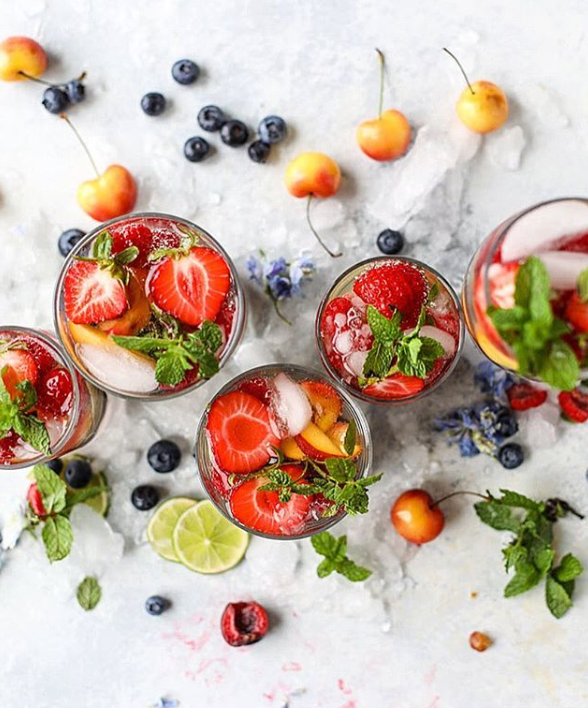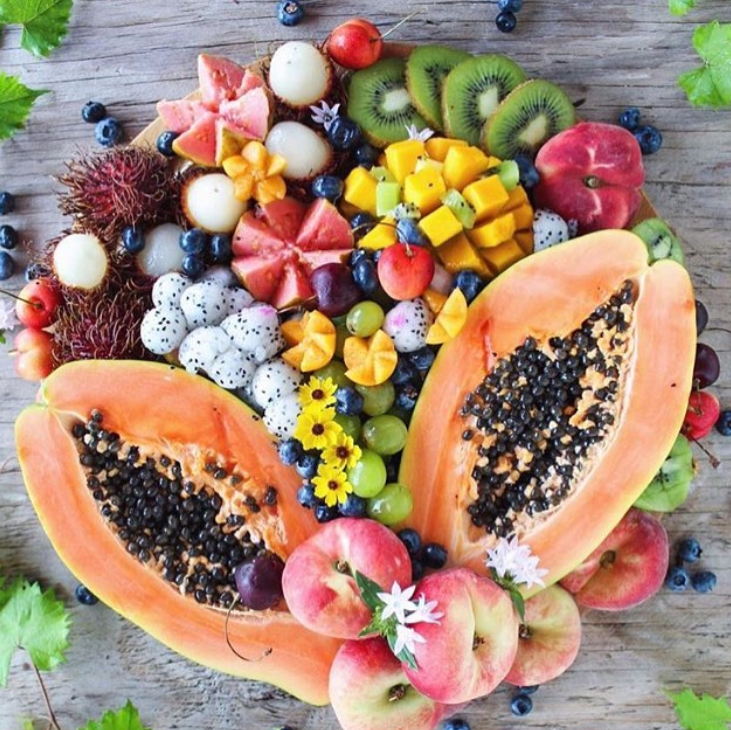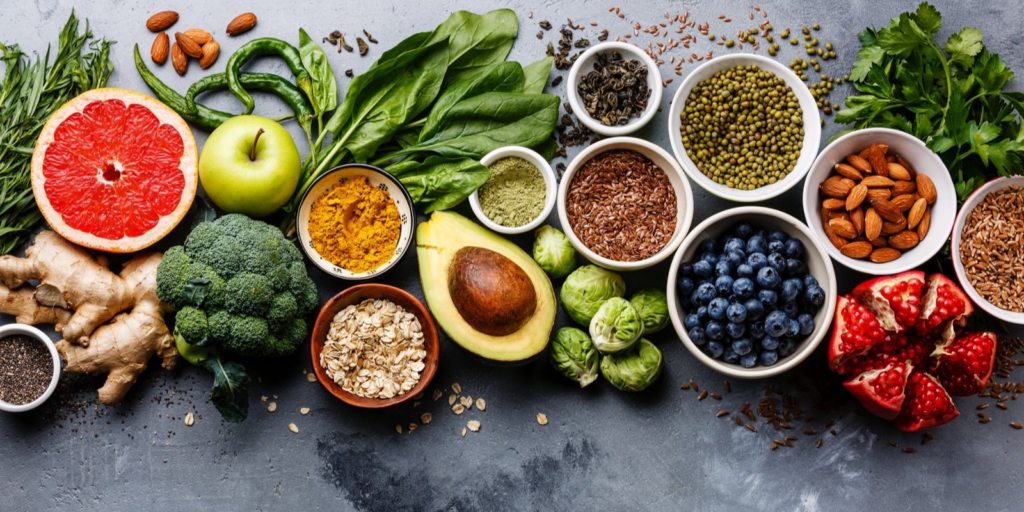Visual content has become a universal digital language, and one with the power to inspire, encourage, and ultimately, even change behavior. As the fresh produce industry becomes increasingly fluent in visual content, we find ourselves asking whether the common preference to only photograph the best-looking fruits and vegetables might have negative long-term consequences in the store.
To be fair, the intent behind taking beautiful photos is something to be proud of. After all, the photos we share in partnership with other food curators across the digital landscape help to inspire fresh choices. However, if we as an industry—the leading voice promoting fresh—are producing photos using only the most attractive samples of our products, are we really providing a sufficiently authentic depiction of what shoppers will find in the store? Furthermore, shoppers are more savvy than ever. They are able to sniff out truly “genuine” brands—and in this day and age, authenticity tends to win.
“Imperfect” Produce and Authenticity
Here’s what we know:
- People want authenticity: research demonstrates that 62% of millennials want brands to be authentic.
- Trust is a key indicator of loyalty. According to the 2019 Edelman Brand Trust Survey, 81% of customers say they must trust a brand in order to purchase.
- Food photography evokes emotion, creating a visual experience that people then associate with their (current or desired) consumption habits.
So how do we find a happy medium, if the goal is to generate brand loyalists who actively engage with our beautiful produce photography…while also remembering the value of showcasing a true-to-live and nutritious-as-ever asymmetrical cucumber?
Pro-Level Photography Using “Imperfect Produce”
We believe that it’s absolutely possible to have high-quality, captivating recipe and product shots while still showcasing a variety of appearances. Now, that doesn’t mean we believe a great photo should include an over-ripened avocado or a black-spotted banana. What it DOES mean, however, is that a slight scar or “beauty spot” on your produce can help showcase the vast opportunities to use perfectly good fruits and vegetables that match what’s available in stores.
Here are some examples of high-quality food photography with imperfect product:
We love the gorgeous colors in this photo—even though some of the cherries have slight scarring and the strawberries each have unique coloring inside.

Courtesy of @howsweeteats Instagram
This tropical fruit display is still beautiful, unaffected by disparate coloring on the peaches, imperfect cuts of fruit, and some scarring on the papaya.

Courtesy of @eatingwell Instagram
It’s safe to say the below counts as a gorgeous salad and stellar ingredients: we appreciate the uniqueness of each ingredient, from the tomatoes of different sizes to the (very slightly) speckled avocado.

Photo courtesy of @brookelark Instagram
Our concluding thought is simply this: people value brands that evoke a sense of trust through authenticity, and we know that millennials and Gen Z-ers especially can see right through the smokescreen of over-produced visual content. If you’re looking to entice shoppers to purchase your products, and to eat more fresh produce in general, then your digital assets should reflect what an average consumer is likely to see in their local grocery store.
At DMA Solutions, we provide affordable solutions for companies in the fresh produce industry that are seeking help with photography. Whether your products are imperfect or perfect, we can help! Learn more.
{{cta(‘b719c973-8313-4ebb-b21a-65a2b6464100′,’justifycenter’)}}
